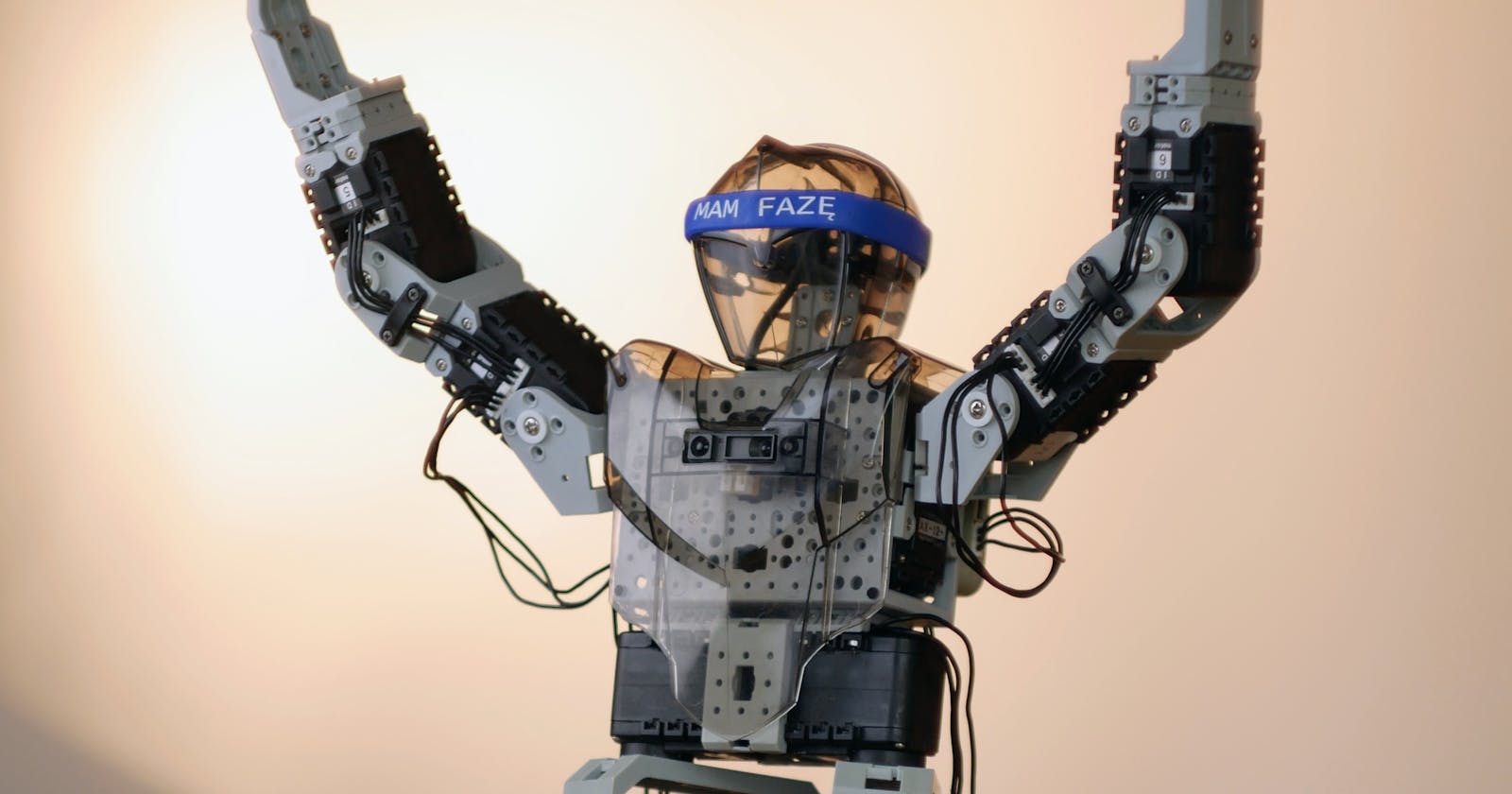The Future of Python Development.
What does the future hold for Python and its developers?
Table of contents
Python is one of the most popular and versatile programming languages in the world, with applications ranging from web development and data science to machine learning and artificial intelligence. But what does the future hold for Python and its developers? Here are some trends and advancements that could shape the next decade of Python development and how you can prepare for them.
Python 4
The next major version of Python is expected to be released sometime in the mid-2020s, and it will likely introduce some significant changes and improvements to the language. Some of the possible features that have been discussed include pattern matching, static typing, concurrency, performance optimization, and interoperability with other languages. To prepare for Python 4, you should keep an eye on the official Python Enhancement Proposals (PEPs) and follow the development process on GitHub. You should also make sure that your code is compatible with Python 3, as Python 2 support has officially ended in 2020.
Web development
Python has a rich ecosystem of web frameworks and libraries that make it easy to create dynamic and interactive websites and web applications. Some of the most popular ones include Django, Flask, Pyramid, and FastAPI. However, web development is constantly evolving and new challenges and opportunities arise every day. To stay ahead of the curve, you should learn how to use modern web technologies such as HTML5, CSS3, JavaScript, React, Angular, Vue, GraphQL, WebSockets, and WebAssembly. You should also familiarize yourself with cloud computing platforms such as AWS, Google Cloud, Azure, and Heroku, and how to deploy and scale your web applications using them.
Data Science
Python is the de facto language for data science, thanks to its powerful libraries and tools such as NumPy, pandas, matplotlib, seaborn, scikit-learn, TensorFlow, PyTorch, Keras, and Jupyter. Data science is a rapidly growing field that involves collecting, analyzing, visualizing, and modeling data to gain insights and make predictions. To excel in data science, you should master the fundamentals of statistics, mathematics, linear algebra, calculus, probability, and optimization. You should also learn how to use various data sources and formats such as CSV, JSON, XML, SQL, NoSQL, APIs, web scraping, and natural language processing. You should also keep up with the latest trends and developments in machine learning and deep learning such as computer vision, natural language processing, reinforcement learning, generative adversarial networks (GANs), transformers, and neural architecture search (NAS).
Education
Python is a great language for teaching and learning programming because it is simple, expressive, readable, and fun. Python is widely used in schools, colleges, universities, online courses, bootcamps, workshops, hackathons, and competitions to introduce students to the basics of:
coding logic
control structures
functions
classes
objects
modules, and packages.
Python is also used to teach more advanced topics such as
data structures and algorithms
design patterns
testing
debugging
refactoring
documentation.
To prepare for the future of Python education, you should practice your coding skills regularly, solve problems creatively, collaborate with other developers, and share your knowledge with others. You should also explore different domains and applications of Python such as web development, data science, machine learning, artificial intelligence, game development, robotics, IoT, and cybersecurity.
Python is a dynamic and evolving language that offers endless possibilities for developers of all levels and backgrounds. By following these trends and advancements, you can stay ahead of the game and make the most out of your Python journey.
Thank you for reading this blog. Subscribe to my newsletter to hear more from me.
